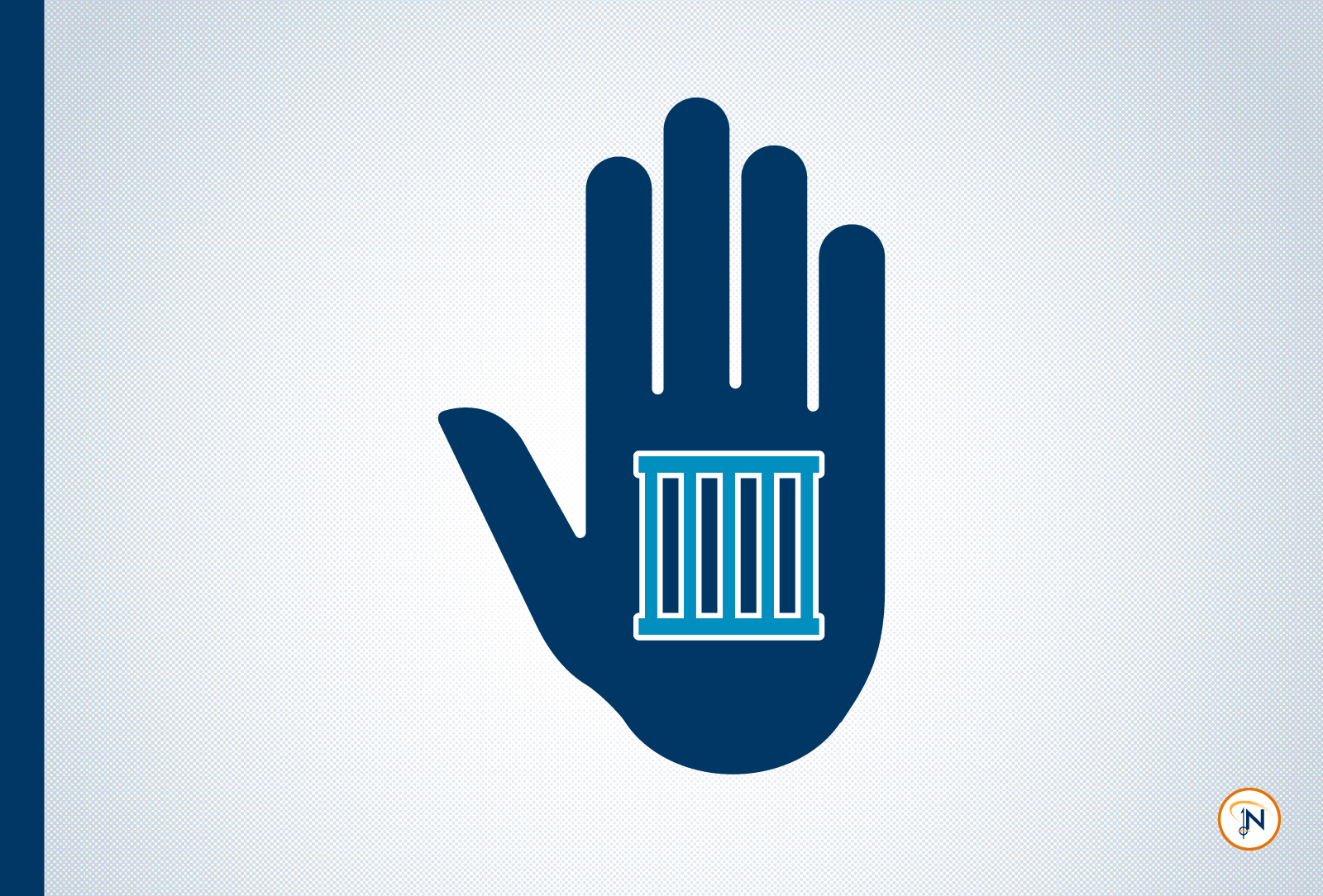Suicide Prevention Starts at Intake
Northpointe Classification • An equivant product

Suicide deaths in jails occur at a rate 2.5 times the suicide rate in state prisons and 3.5 times the rate among the general public. In 2014, the most recent year of available data, the suicide rate in U.S. jails was an astounding 50 per 100,000 wards.2
Death by suicide leaves a lasting impact not only on the individual’s family and friends, but also on the jail staff and the entire community. In addition to the mental and emotional toll on staff, jails also frequently face legal action from families and a loss of trust from the community they serve.
In a study including 135 lawsuits involving suicides in local jails over the past 5 years, the Associated Press and the University of Maryland’s Capital News Service found that more than half of suicides and suicide attempts happened within the first week of detention, and many occurred within the first 48 hours after intake.2
This finding reinforces what criminal justice experts have been saying for decades: Intake is critical to suicide prevention. While there is no validated intake screener available today, experts agree that there are eight key factors that should be included in an effective suicide screening at intake:
- Past suicidal ideation and/or attempts
- Current suicide ideation, threats or planning
- Prior mental health treatment or hospitalization
- Recent significant loss (job, relationship, death of a family member or close friend, etc.)
- Sense of helplessness or hopelessness in the immediate future
- History of suicidal behavior by a family member or close friend
- Verification of suicide risk during prior confinement
- Arresting/transporting officer(s) or family members belief that the individual is currently at risk
Some suicides can’t be prevented, but it’s our responsibility to try. Jails today are facing lack of funding, lack of resources for treating substance abuse issues and mental illness, and myriad other challenges that make it difficult to meet every inmate’s needs, but when it comes to suicide prevention, we have to stay vigilant.
Talk to us about managing your intake process and using classification tools to lower suicide potential in your jail. We’re here to help.
1 NPR, 2019
2 AP Investigation, 2019





